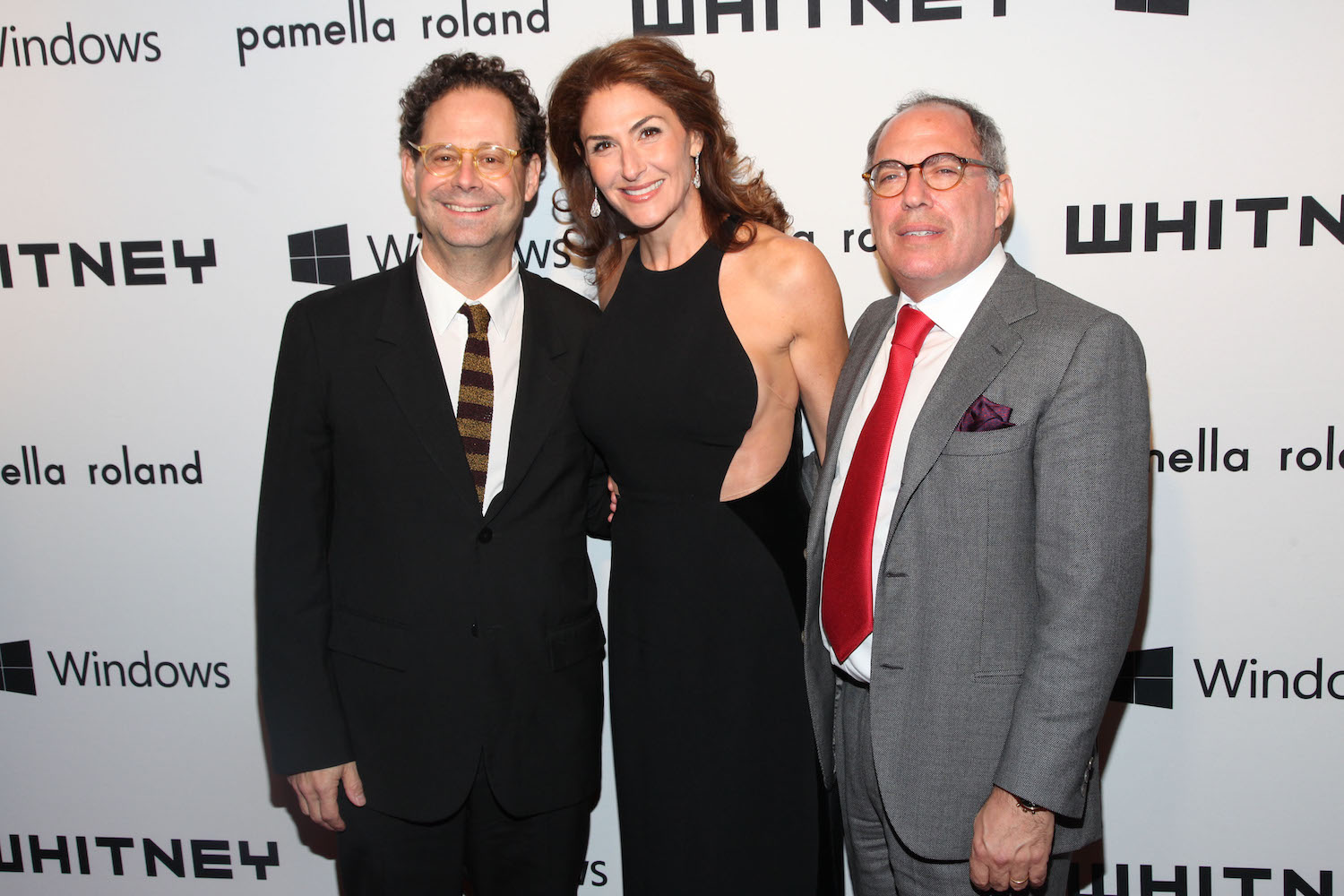
New York’s Whitney Museum of American Art is facing forceful criticism from its own staff over the fact that its board vice chair, Warren B. Kanders, owns the companies that produce the tear gas deployed last weekend against migrants attempting to enter the US at the border between San Diego and Tijuana. Images of the incident have sparked widespread outrage and condemnation.
Staff at the museum have addressed a letter to museum leadership calling on the institution to issue a statement, in response to a recent article on the art website Hyperallergic outlining Kanders’s connections to Defense Technology and its parent company, the Jacksonville, Florida-based Safariland, which has previously armed police forces in Oakland, Baltimore, and Ferguson, Missouri.
The logos of both corporations appeared on canisters of tear gas used by United States Customs and Border Protection officers. Kanders has owned Safariland since 2012. He has been chairman of the company’s board since 1996.
The letter to Whitney leadership, published by Hyperallergic, has been signed by more than 100 staff members, including several prominent curators and the majority of the education staff. It argues that Kanders’s ties to the military industrial complex present a conflict of interest with “the Whitney’s ongoing struggle to attract and retain a diverse staff and audience.”
The missive lists the ways in which the museum staff has worked to become a more inclusive space for artists and visitors who are immigrants or persons of color. “Upon learning of Kanders’s business dealings, many of us working on these initiatives feel uncomfortable in our positions,” it explains. “We cannot claim to serve these communities while accepting funding from individuals whose actions are at odds with that mission.”
Tear gas used on migrants attempting to enter the US over the weekend bears the Safariland logo. Photo by Patrick Timmons via Twitter.
The letter calls on the museum to convey its concerns to the board, and to consider calling for Kanders’s resignation. It also calls for clearer guidance about the moral standards it holds its board members to.
“Continuing to accept funding—even, or perhaps especially, transformative funding—from individuals who are knowingly complicit in the injustices committed on our own land and across our borders is negative peace. We demand positive peace,” the letter insists.
(Kanders is credited as a “significant contributor” to the Whitney’s current blockbuster exhibition “Andy Warhol: From A to B and Back Again.”)
While not mentioned in the letter, the Whitney’s vice chairs currently also include, among others, Nancy Carrington Crown, who is married to A. Steven Crown. The cornerstone of the Crown business empire is the defense contractor General Dynamics, which was targeted by activists for providing services to president Trump’s child detention centers on the border and is a major contractor on border surveillance systems.
Nancy Crown and A. Steven Crown at the 2012 Whitney Gala. ©Patrick McMullan. Photo courtesy A. De Vos/PatrickMcMullan.com.
The letter demands that leadership issue an internal communique on the controversy to staff by Monday, December 3. Its senders told Hyperallergic that “we received a positive response from leadership early this morning, and look forward to continued discussion.”
The museum has yet to comment publicly on the controversy, and a press inquiry from artnet News was still unanswered as of press time.